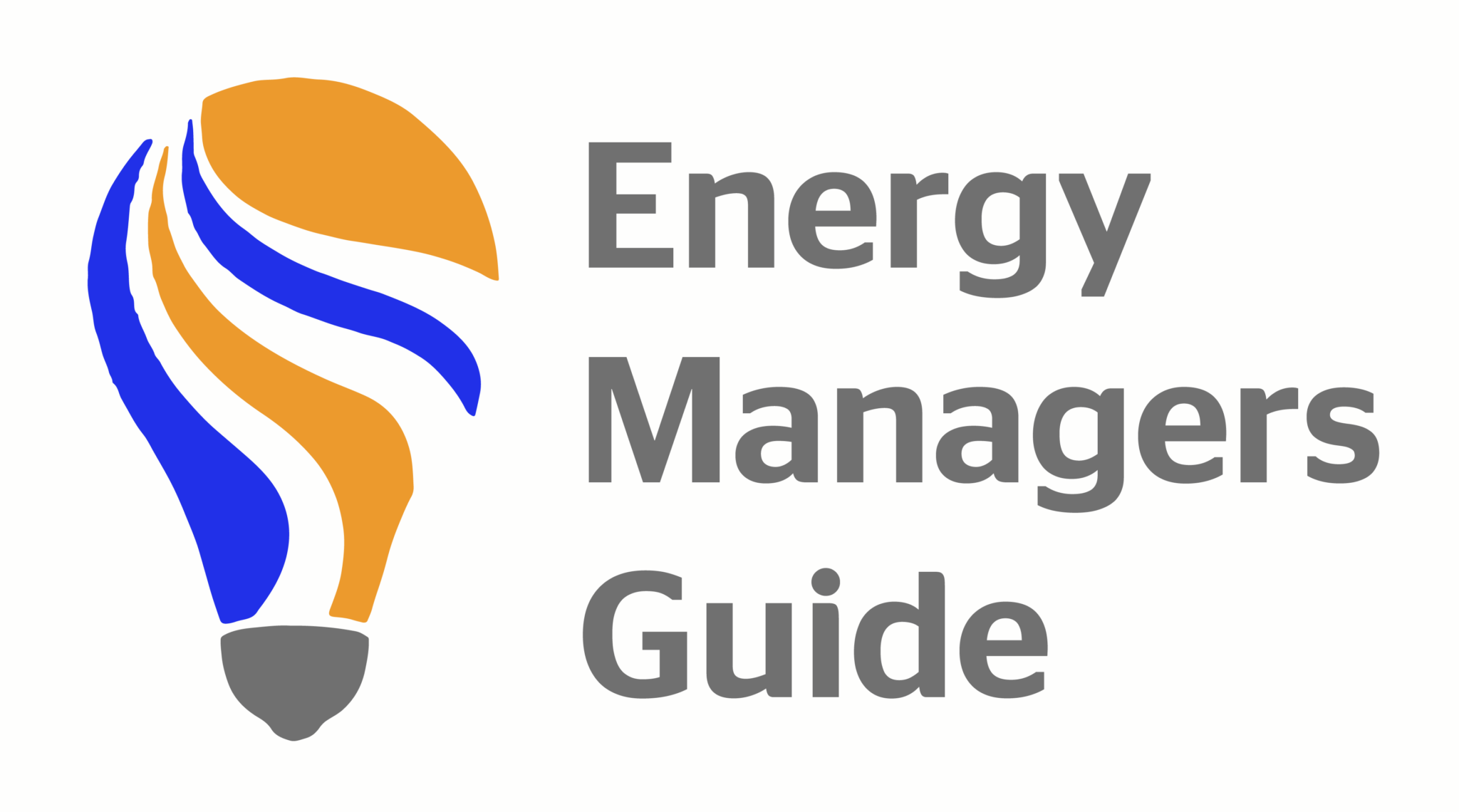Embarking on the journey to streamline your business’s energy consumption can be a game-changer, not only for your bottom line but for the planet as well. If you’re ready to cut costs, reduce your carbon footprint, and boost your company’s eco-friendly image, then a business energy audit is your key to unlocking a more sustainable and efficient future. Here’s a hands-on checklist to guide you through the process.
1. Dive into the Numbers
- Gather historical energy bills and usage data to establish a baseline.
- Closely examine your utility bills to identify any unusual spikes or patterns that may indicate inefficiencies.
2. Build Your A-Team
- Assemble a diverse team, including energy experts, facility managers, and key stakeholders.
- Ensure clear communication channels among team members to foster collaboration and efficiency.
3. Define Objectives and Scope
- Clearly outline the goals of your audit, such as reducing costs or enhancing sustainability.
- Specify the scope of the audit by detailing the areas, departments, and processes that will undergo assessment.
4. Walk the Talk—Literally
- Conduct a thorough walkthrough of your facilities, inspecting lighting systems, HVAC units, insulation, and machinery.
- Pay attention to any visible signs of energy waste, such as leaks, outdated equipment, or inefficient operating practices.
5. Get Your Data Game On
- Collect granular data on energy consumption for each area, using advanced monitoring tools if available.
- Analyse your data to pinpoint peak usage times, potential sources of energy waste, and areas with the most significant improvement potential.
6. Uncover the Gold in Energy-saving Opportunities
- Identify specific opportunities for improvement, such as upgrading lighting systems, optimising HVAC settings, or implementing energy-efficient technologies.
- Prioritise these opportunities based on factors like return on investment, ease of implementation, and potential energy savings.
7. Invest in the Future—Literally
- Recommend and implement energy-efficient technologies, considering both short-term gains and long-term sustainability.
- Explore the feasibility of incorporating renewable energy sources, like solar panels or wind turbines, to further enhance your business’s green credentials.







